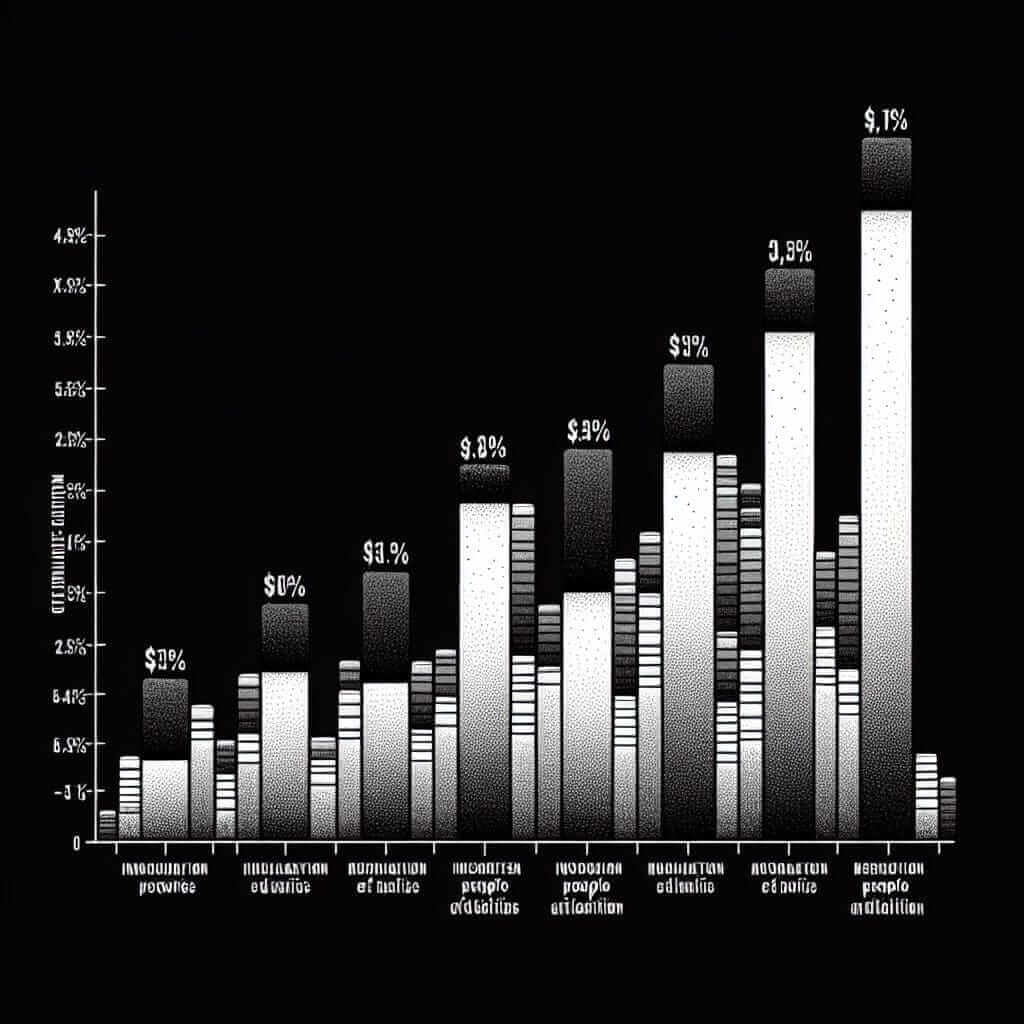The gap between the rich and the poor is a pressing global issue, frequently appearing in IELTS Writing Task 2. Understanding this complex topic from various angles is crucial not only for your IELTS exam but also for becoming a globally aware citizen. This essay will delve into the causes and consequences of wealth disparity and explore potential solutions while equipping you with the vocabulary and exam strategies to excel in your IELTS exam.
Understanding the Issue: Defining the Wealth Gap
The “wealth gap” refers to the unequal distribution of assets and income within a society. This disparity manifests in various ways:
- Income Inequality: The difference in earnings between the highest and lowest earners. For instance, CEOs might earn hundreds of times more than their company’s average worker.
- Wealth Concentration: The accumulation of assets like property, stocks, and inheritance in the hands of a small percentage of the population.
- Limited Access to Opportunities: Disparities in education, healthcare, and social mobility further exacerbate the gap.
Illustrative Examples: Real-World Scenarios
Let’s examine some real-world situations that illustrate the wealth gap:
- Developing Nations: In many developing countries, a small elite often controls most of the land and resources, leaving the majority in poverty.
- Developed Nations: Even in developed nations like the US and UK, the top 1% hold a disproportionate share of the wealth.
- Gender Pay Gap: Women, globally, still earn less than men for similar work, contributing to the wealth gap.

IELTS Exam Application: Tackling the Topic
Now, let’s see how this topic might appear in your IELTS exam:
Writing Task 2 Question:
“The gap between the rich and the poor is widening in many countries. What are the causes of this trend, and what measures can be taken to reverse it?”
Vocabulary Boost:
- Socioeconomic disparity: This term effectively replaces “wealth gap” and showcases a wider range of vocabulary.
- Redistribution of wealth: This refers to policies aimed at transferring wealth from the richer segments of society to the poorer segments.
- Social mobility: The ability of individuals to move up or down the socioeconomic ladder.
Sample Paragraph:
“One of the key drivers of socioeconomic disparity is the lack of social mobility. This is particularly evident in education systems where access to quality education is often determined by economic background. Consequently, children from disadvantaged families face an uphill battle in breaking the cycle of poverty.”
Common Pitfalls to Avoid
- Overgeneralization: Avoid making sweeping statements like “All rich people are…” or “Poor people always…” Remember to nuance your arguments.
- Lack of Evidence: Always support your claims with relevant examples and data.
- Ignoring Counter-Arguments: Acknowledge that there are multiple perspectives on this issue and address opposing viewpoints.
Practice Makes Perfect: Honing Your Skills
- Stay Informed: Read articles and watch documentaries about wealth inequality to broaden your understanding.
- Engage in Debates: Discuss this topic with friends or classmates to refine your arguments.
- Practice Essay Writing: Regularly write essays on related prompts, focusing on structure, vocabulary, and coherence.
Conclusion
Understanding the complexities of the wealth gap is crucial for excelling in your IELTS exam. By mastering the vocabulary, analyzing the issue from various angles, and practicing your writing skills, you’ll be well-equipped to tackle any IELTS question on this significant global challenge. Remember, consistent effort is key to achieving your desired IELTS score.
We encourage you to share your thoughts and continue exploring other relevant IELTS topics on IELTS.NET – Learning IELTS Online.